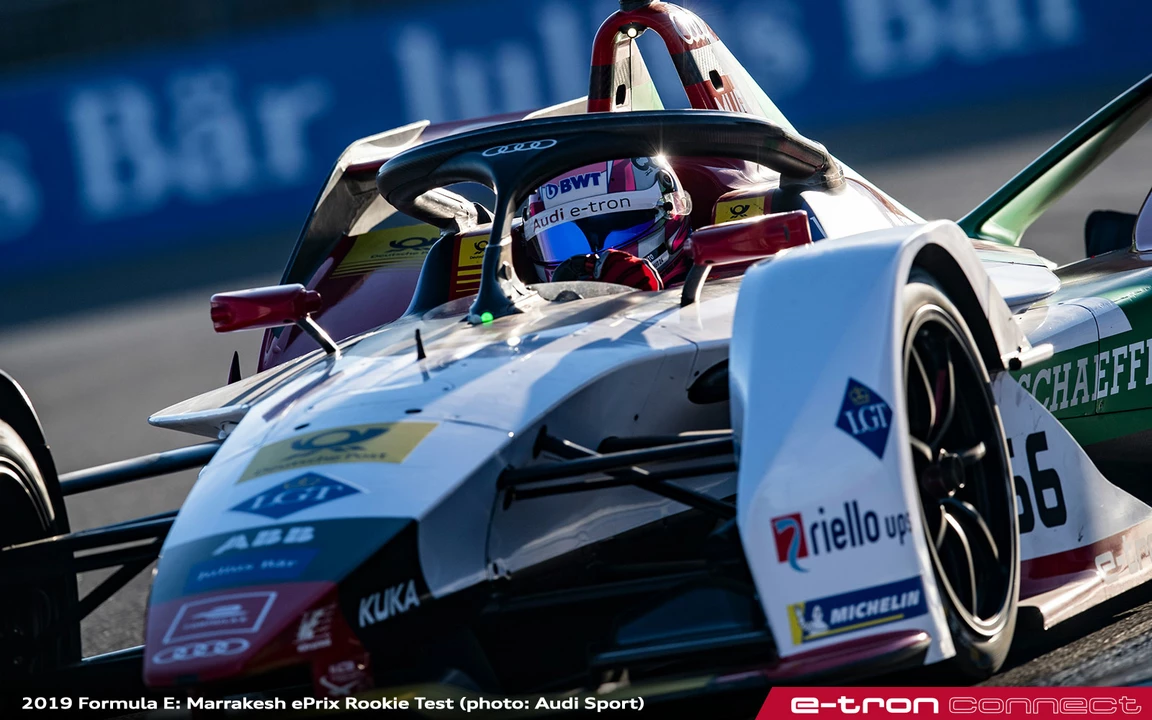Formula 1 – Speed, Tech, and Fan Talk
Did you know a modern Formula 1 car can sprint from 0 to 200 mph in under 10 seconds? That kind of acceleration makes every lap feel like a roller‑coaster, and it’s why F1 stays at the heart of motorsport conversation.
If you love the roar of a BMW S 1000 RR, you’ll get a kick out of the engineering wizardry behind F1. Both worlds chase power, handling, and cutting‑edge aerodynamics, so the crossover stories on this tag page feel right at home.
Why Formula 1 Still Dominates Motorsports
First off, F1 blends raw speed with high‑tech data. Teams pour thousands of hours into simulation, wind‑tunnel testing, and telemetry analysis. That level of detail trickles down to consumer bikes, giving riders better brakes, lighter frames, and smarter electronics.
Second, the global fan base is massive. From the streets of Monaco to the high‑altitude track in Mexico, racing fans tune in for the drama of pit stops, tyre strategies, and driver rivalries. The tag page gathers that excitement by featuring posts like the “top 5 most entertaining motorsports” where F1 lands at the top of the list.
Third, F1 constantly pushes the envelope on sustainability. Hybrid power units, recycled materials, and fuel‑efficiency targets are now standard. Those green moves inspire bike manufacturers to explore electric‑assist models and greener production methods.
Key F1 Stories You Shouldn't Miss
One hot debate on the tag is whether an IMSA DPi can out‑speed an F1 car. The answer is simple: not on a pure straight line, but DPi shines on endurance tracks where durability matters. That comparison helps fans understand different racing philosophies.
Another must‑read is the “What are the benefits of racing?” post. It breaks down how racing boosts cardiovascular health, sharpens reflexes, and builds a community—exactly what you feel when you line up on the start grid of a weekend race.
For gear geeks, the “What kind of shoes do race car drivers wear?” article dives into fire‑resistant, lightweight footwear that gives drivers feel for the pedals. Those design ideas are now influencing high‑performance riding shoes for bikers.
If you’re curious about getting into superbike racing, the guide on “How to get started in superbike racing (WSBK, MotoGP)?” offers a roadmap that mirrors the ladder many F1 drivers once climbed—karting, junior formulas, then the big league.
Finally, the tag includes a quirky look at “Power & Play Motorsports”, a space where high‑octane fun meets tech innovation. It’s a reminder that the thrill of speed isn’t limited to one vehicle type; it’s a mindset shared by F1 fans and bike enthusiasts alike.
Bottom line: the Formula 1 tag is a hub for anyone who loves speed, strategy, and the sheer joy of racing. Whether you’re tracking the latest Grand Prix results or hunting for gear tips, you’ll find fresh, practical content that keeps the adrenaline pumping.
What is harder work to drive, Formula 1, Formula E, or IndyCar?

As a motorsports enthusiast, I've always wondered which racing series requires the most effort from its drivers - Formula 1, Formula E, or IndyCar. After researching and comparing factors such as physical strain, car handling, and mental demands, I've found that each series presents unique challenges. Formula 1 cars have higher speeds and heavier G-forces, while Formula E requires precise energy management and car control. IndyCar poses its own challenges with its combination of high-speed ovals and tight street circuits. Ultimately, it's difficult to determine which series is the hardest to drive in, as each one demands a different skill set and level of expertise from its drivers.
- May 5 2023
- Declan Whitmore
- 0 Comments